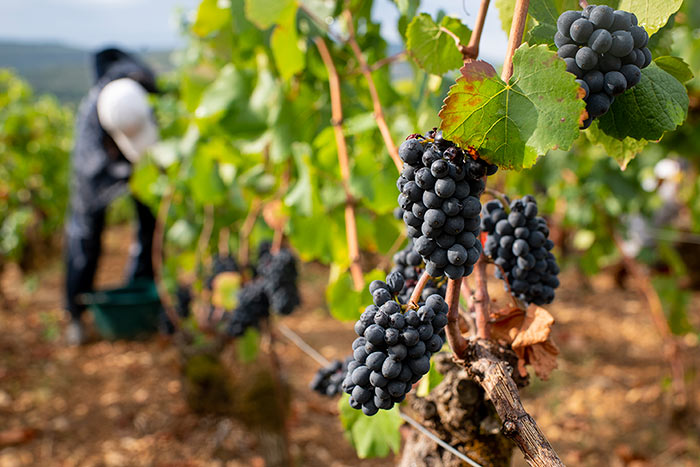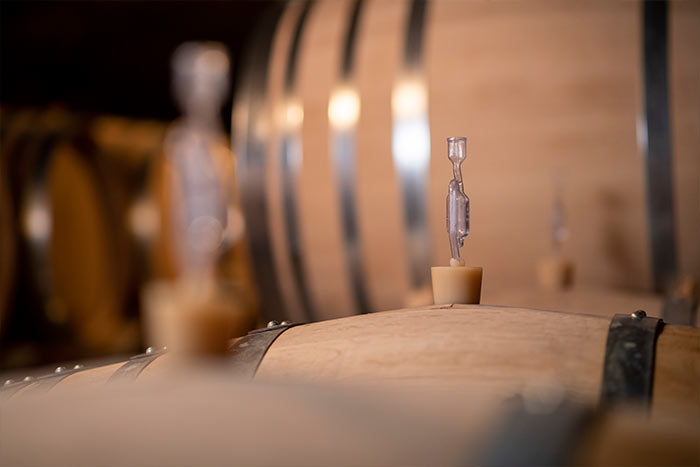The family estate
In 2009, David took over the family estate established in 1959 by his grandparents Simone and Jean.
Following his viticulture and enology studies at the Dijon University, he worked with prestigious and well-known growers like François Perrin at Chateau de Beaucastel (Chateauneuf du Pape), Olivier Lamy at Domaine Hubert Lamy (St Aubin), Aubert de Villaine at Domaine de la Romanée Conti (Vosne Romanée), and Tim Finn at Neudork Vineyard (Nelson, New Zealand).
These fabulous moments of exchange gave him indispensible experience is his quest for winegrowing excellence.
Our philosophy
Each wine is born from its unique Terroir.
The importance of the quality of the grapes cannot be overstated.
We take special care to preserve our fragile ecosystem and our environnement. We respect the natural balance of the surrounding fauna and flora. We strive to keep our soils alive and balanced and find this essential in transmitting our terroirs.
We do not use weedkillers nor insecticides, and we avoid soil compaction by working with light tractors on draining (or drier) soils. We favor manual labor which is more respectful of the soil and the plants. We adhere to the principles of organic farming, but we do not seek official certification.


Winemaking and aging
Harvest is a crucial period, and each decision impacts the quality of the vintage. We remain attentive in order to understand its particularities and draw out the best potential of each year.
The grapes are always handpicked and transported in small cases in order to preserve their integrity.
After a meticulous sorting, the grapes are vinified in concrete vats for the red wines and stainless steel for the white wines. Fermentation lasts about 15 days, and the wines are then aged in barrels in our 16th century cellar.